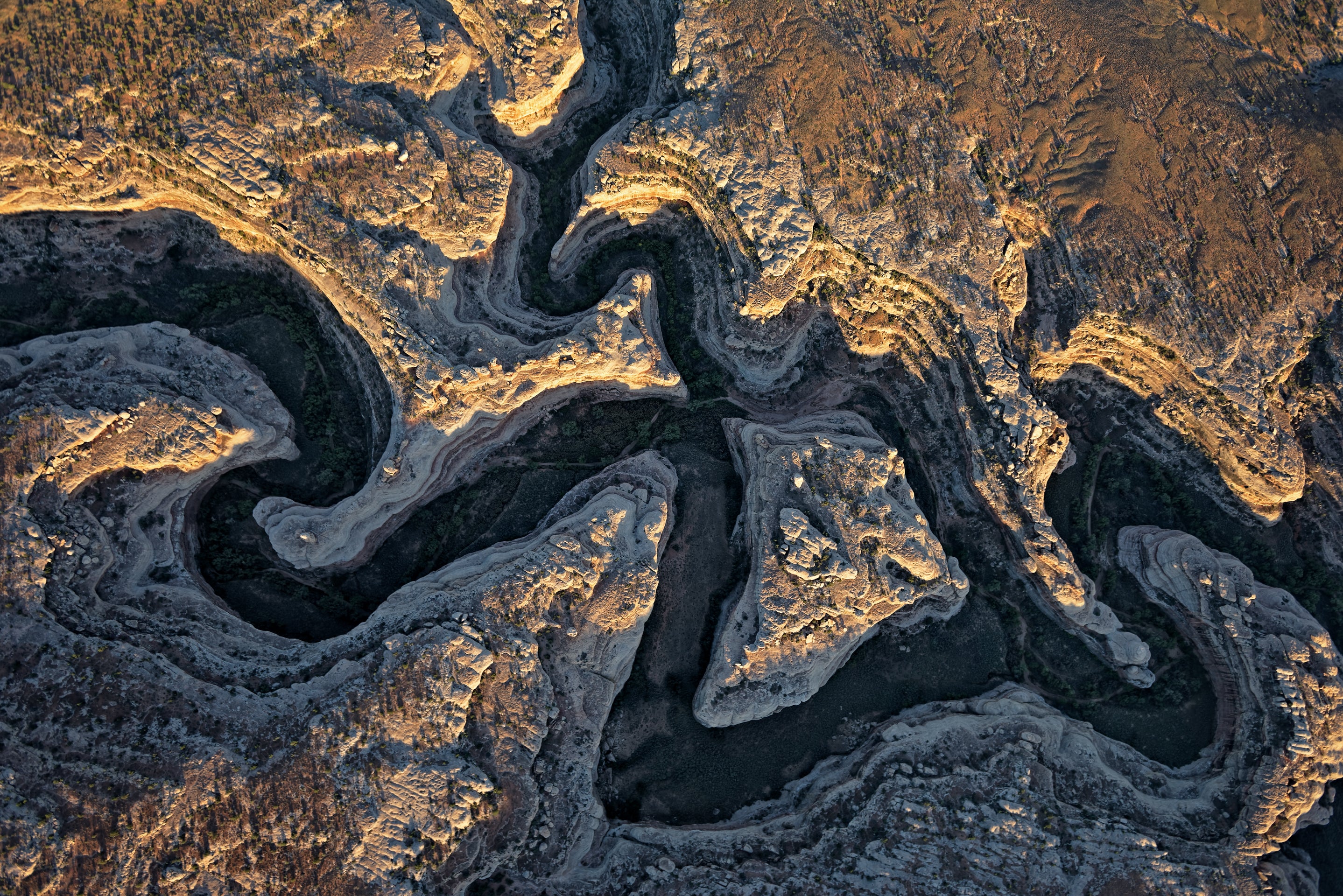Five Tribes Are Suing Trump Over Bears Ears. Can They Win?

'Adriel Heisey'
If there’s one thing that Ryan Zinke wants you to know about his and President Trump’s decision to shrink Bears Ears National Monument, it’s that Native groups support it.
“I think, talking to tribes, they’re pretty happy,” the interior secretary said in June after first proposing the cuts, which stripped Bears Ears of 85 percent of its original area and split the remainder into two new monuments. In a press release on Monday, the Department of the Interior called accusations that Zinke hadn’t considered Native residents’ wishes “patently false.”
The five tribes suing him might beg to differ.
On Monday, lawyers from the Navajo Nation, Hopi Tribe, Pueblo of Zuni, Ute Indian Tribe, and Ute Mountain Ute filed a lawsuit seeking to block the Trump administration’s changes. Their goal: a return to the monument’s original borders, which they say is the best hope to protect the area’s estimated 100,000 Native cultural and archeological sites.
“President Trump and Secretary Zinke haven’t consulted with the tribes on what we want in terms of engagement and participation in the management of those lands,” says Ethel Branch, attorney general for the Navajo Nation. “Anything they come up with is really their own preconceived notion of what they think they would like for us to have. They’ve certainly not given us a seat at the table to be partners in drafting that together.”
For the tribes, Monday’s lawsuit is just the latest skirmish in a years-long fight to protect this swath of red-rock buttes and plunging canyons in Utah’s southeastern corner. In 2015, the nations banded together to lobby President Obama to create Bears Ears and give them an active role in managing it. Both of those wishes came true in December 2016, when Obama established both the monument and the Bears Ears Commission, an advisory council made up of elected officials from all five tribes.
But while Zinke has repeatedly pledged to preserve and expand the tribes’ role in managing Bears Ears, Monday’s executive order did the opposite, says Justin Pidot, a lawyer representing the Hopi, Zuni, and Ute Mountain Ute. In addition to restricting the commission’s role to just one of the two new national monuments, it added a San Juan County commissioner to the previously tribal-only council.
“This is just doublespeak,” he says. “The notion that the Trump administration is meaningfully seeking to engage the tribes as sovereigns in the management of their sacred lands is belied by the facts.”
The tribes’ lawsuit is the second to challenge Trump’s executive order, following a similar complaint filed by a coalition of environmental groups earlier that same day. Both rest on the same argument: The Antiquities Act of 1906 gives presidents the authority to establish monuments, but not to modify or revoke them, and a 1976 law limits those powers even further.
But while most legal scholars agree with their reasoning, that’s no guarantee they’ll prevail at trial, says Robert Keiter, a law professor at the University of Utah and director of the Wallace Stegner Center for Land, Resources, and the Environment.
“The courts have been, over time, pretty deferential to presidents when they take action,” he said. “Predicting exactly how this case will come out is difficult.”
The success or failure of the tribes’ lawsuit could have serious consequences for national monuments in America. If the tribes lose, says Keiter, it would set a dangerous precedent that could lead to what he calls “the yo-yo effect.”
“If that power’s there, there’s nothing that precludes a subsequent president from reversing what his predecessor has done. And this could go on endlessly,” he says. “We could bounce back and forth from an Obama-sized monument to a Trump-sized monument and back to an Obama-sized monument.”
If the tribes win, Congress could still rescind Bears Ears’ monument status. But in the meantime, public opinion could change: Keiter points out that four out of the five national parks in Utah began as monuments, and most of them initially faced fierce opposition.
For now, according to Branch, the tribes are willing to fight their case to the Supreme Court if necessary. Protecting Bears Ears, she says, is a matter of cultural survival.
“We want to ensure that those lands and the knowledge that is tied to them are preserved and protected, and carried forward,” she says. That our ways of being can continue to exist, and that we, as native people, as we are now, can continue into the future.”